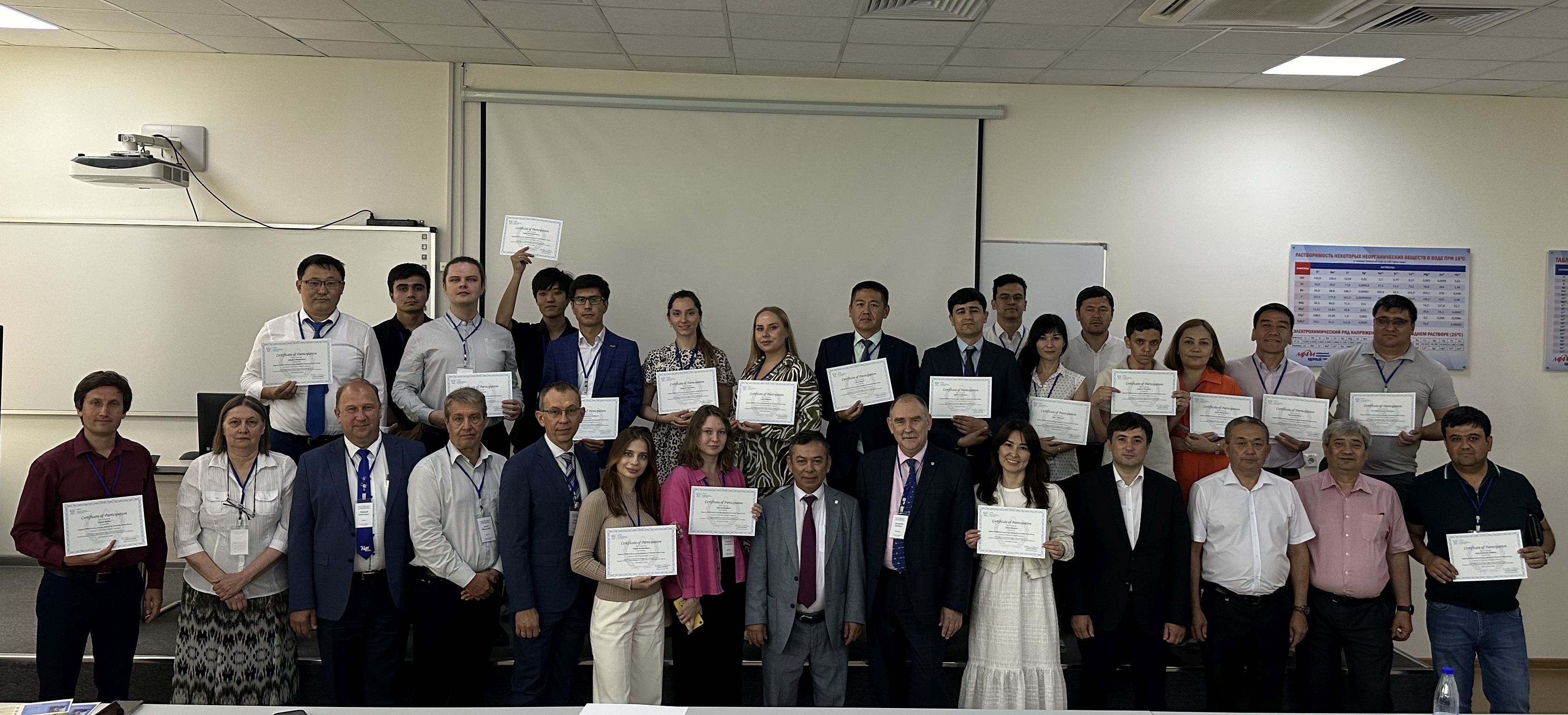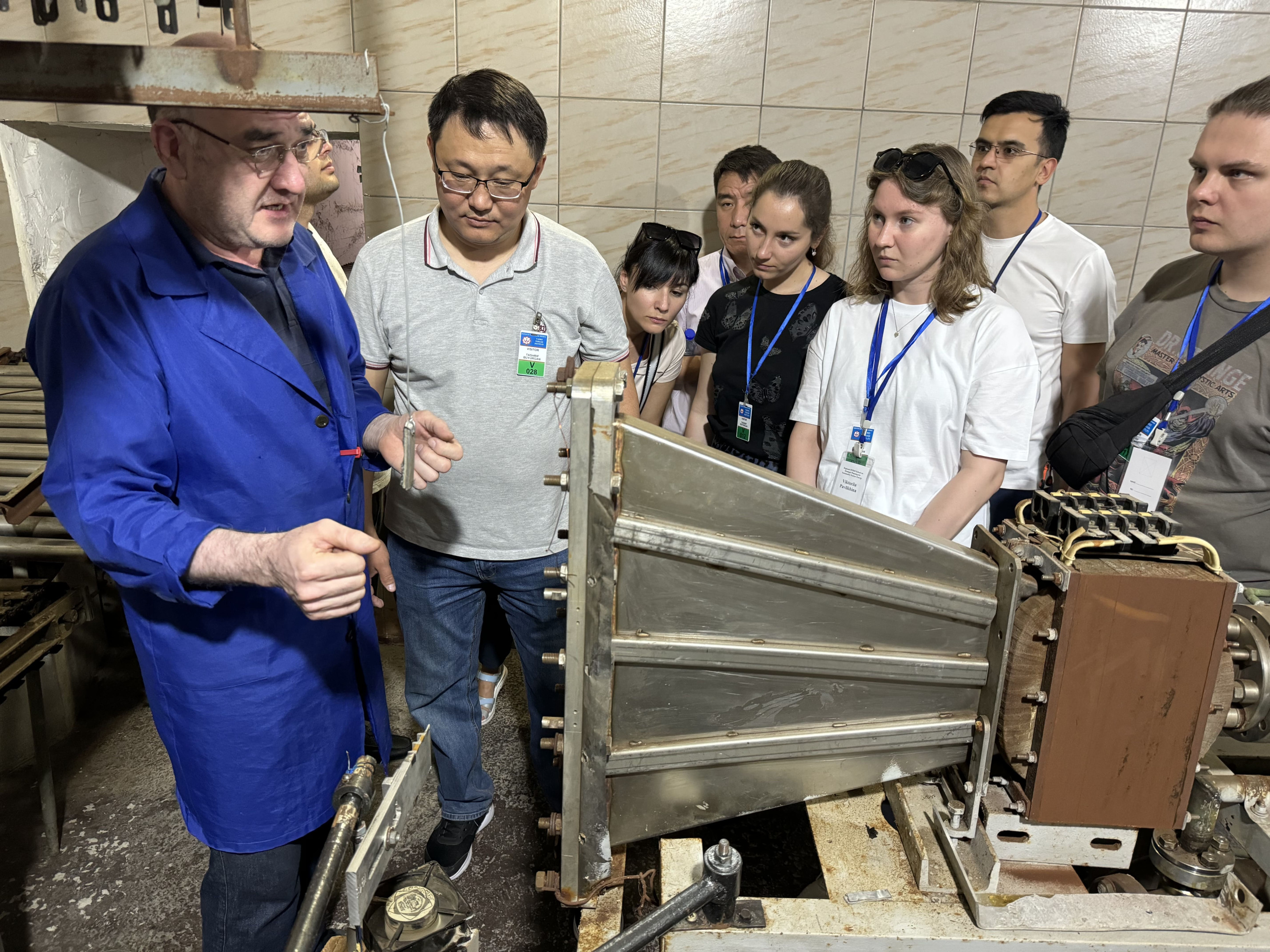With interest in using nuclear power to address climate change and sustainable development on the rise around the world, operating and newcomer countries alike are working with the IAEA to enhance their knowledge of nuclear energy projects. Twenty-seven professionals from seven countries recently took part in an IAEA INPRO school in Uzbekistan to learn about assessing nuclear power systems for long-term sustainability.
The challenge of addressing climate change while meeting growing electricity demand, coupled with the need to preserve resources for future generations, is driving more and more countries to think about incorporating nuclear power into their energy mix. Today, about 30 countries are at different stages of considering, or planning, to build nuclear energy programmes. Several other countries are expanding their existing programmes, including the construction of advanced reactor designs or small modular reactors (SMRs).
The weeklong regional INPRO School, held in Tashkent last month, introduced participants to the set of tools and methodologies used by the IAEA’s International Project on Innovative Nuclear Reactors and Fuel Cycles to assess key aspects of nuclear energy projects including economics, safety, waste management, proliferation resistance, and environmental impact. Representatives from Armenia, Belarus, Kazakhstan, Mongolia, Russia, Tajikistan and Uzbekistan took part in the event.
“The IAEA INPRO school gives a strategic vision and methods for planning nuclear energy in the countries for decades,” said Ilkham Sadikov, Director of the Institute of Nuclear Physics of the Academy of Sciences of Uzbekistan, which helped organize the school. “Local participants from various nuclear related organizations also joined international attendees. The knowledge they gained is crucial, as Uzbekistan is a newcomer country, making it essential to have a clear vision for the future development of nuclear energy.”
Through a comprehensive instruction programme, the participants gained not only theoretical knowledge but also practical skills for applying selected methods and tools for modelling and analysing nuclear power systems. Incorporating group projects and hands-on exercises strengthened participants’ understanding while also fostering teamwork and cooperation.

